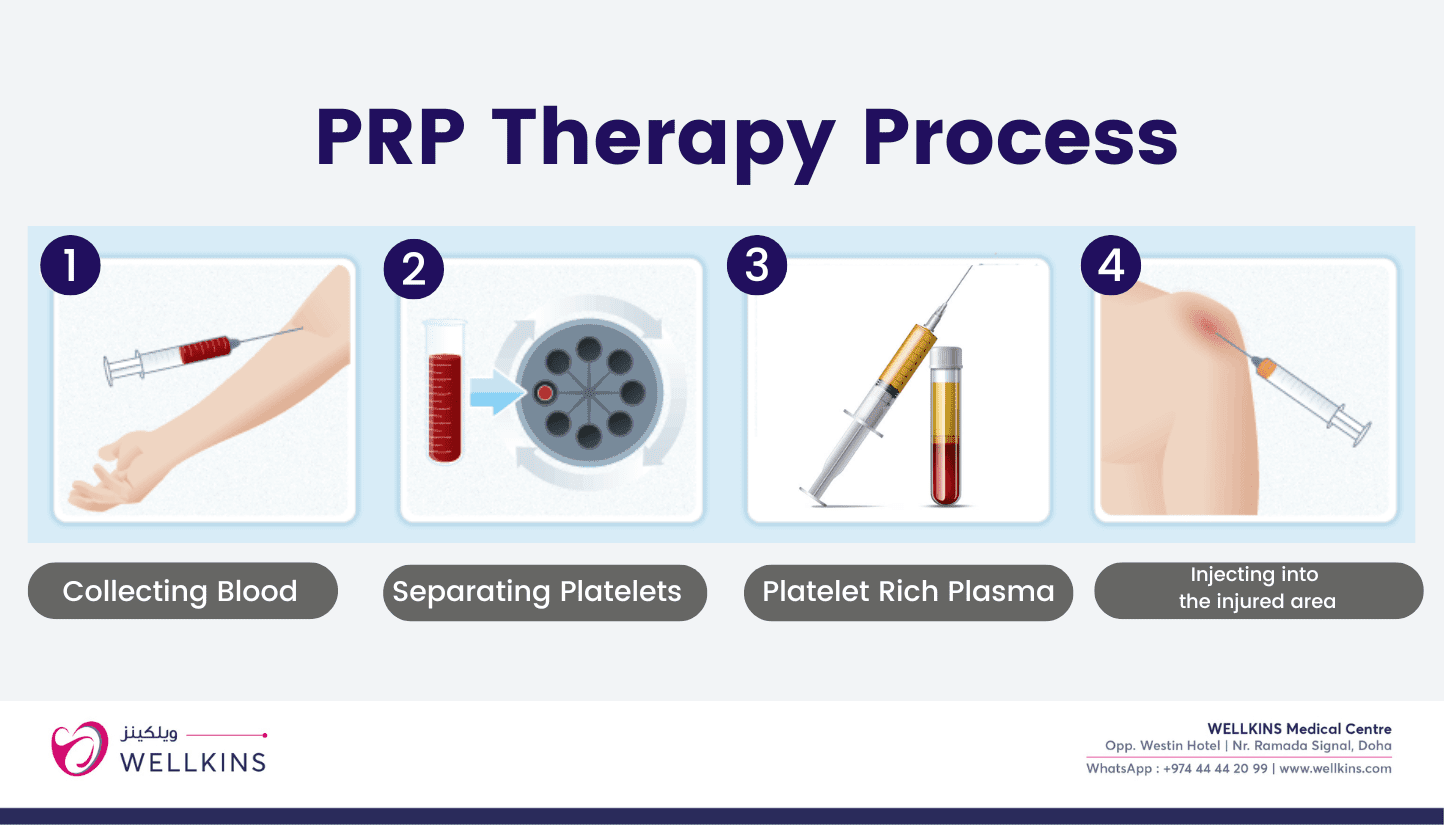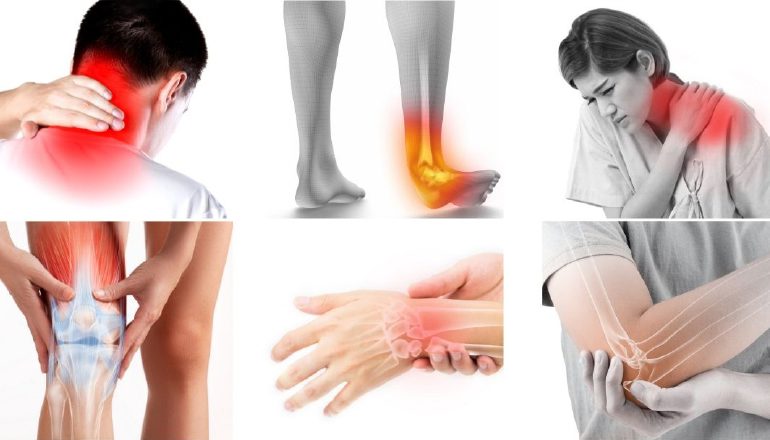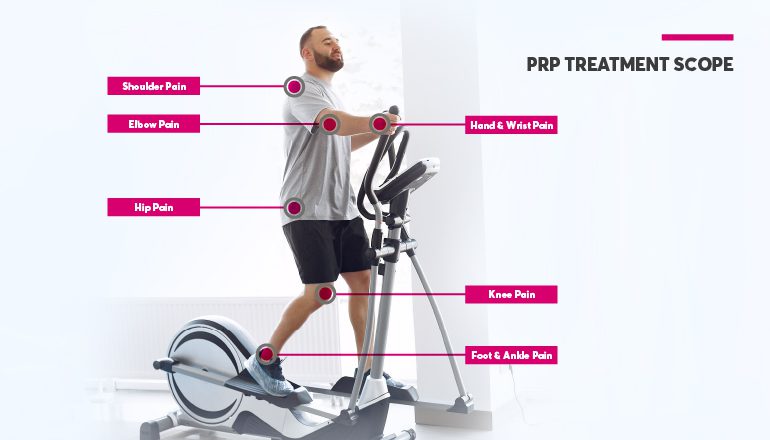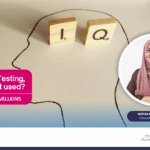Author: Dr.Reneesh (Consultant Orthopedic Surgeon – WELLKINS Medical Centre)
Platelet rich plasma (PRP) is an autologous blood-derived product with an elevated concentration of platelets that are rich in growth factors. PRP has the potential to improve tissue healing at the cellular level by attracting, nurturing, and differentiating cells involved in tissue regeneration.
Methods:
- About 45% of the blood, which consists primarily of red blood cells, is pushed to the vial’s bottom.
- Less than 1% of the centrifuged blood is made up of the buffy coat, a thin covering of white blood cells and platelets.
- About 55% of the centrifuged blood sample is made up of the remaining top layer, which is “platelet-poor” plasma, or plasma with few platelets.
Once the centrifuge process is complete the doctor or medical technician will remove the vial from the centrifuge and prepare the PRP solution for injection.
Uses of PRP Treatment in Orthopedics at Wellkins Medical Centre at Qatar
Advantages of Platelet-Rich Plasma (PRP) Therapy
There are several reasons why patients might consider platelet-rich plasma injections:
Since platelet-rich plasma is autologous that is, it comes from the patient and is natural, there aren’t many hazards associated with the injections. Some therapies have side effects or disadvantages, while others are unpredictable or vary from person to person.
Although frequent cortisone injections have been shown to lessen pain, they can damage ligaments and tendons over time and may harm healthy cartilage. Anti-inflammatory drugs (NSAIDS) like aspirin and ibuprofen might lessen pain, but prolonged use can exacerbate heart, blood pressure, and stomach issues.Minor operations to treat osteoarthritis, including arthroscopic debridement, have conflicting outcomes and might not be any more effective than a placebo. Joint replacement procedures are large operations that involve extensive recovery time and should only be used in the most severe forms of arthritis.
A patient’s blood sample is centrifuged to create PRP, which is the most used method. A vial of blood is placed in a centrifuge and spun at extremely high speeds. Blood separates into layers as a result of spinning.

Conclusion:
PRP has the ability to enhance tissue repair for the fastest recovery time and deliver predictable, speedy tissue restoration.







